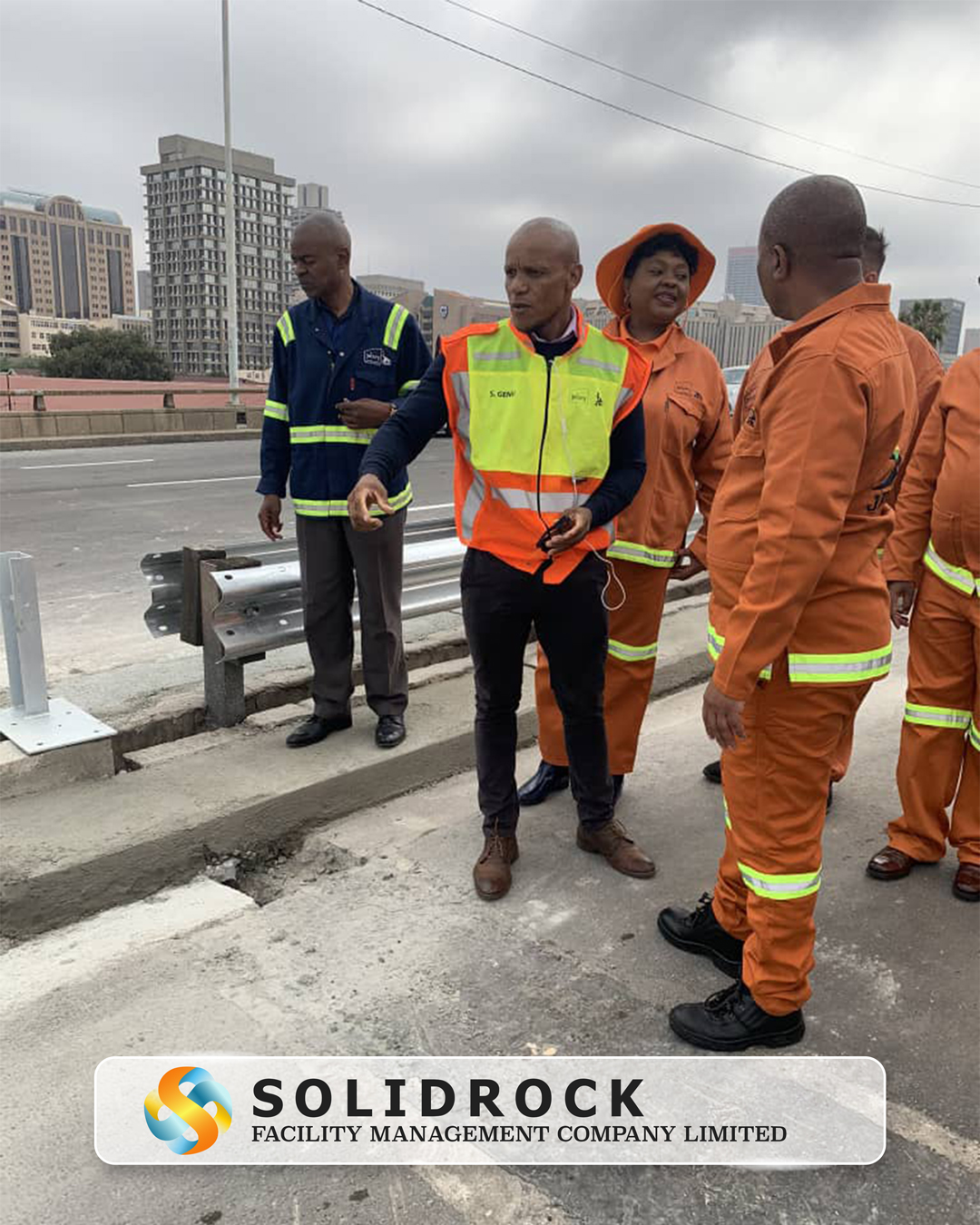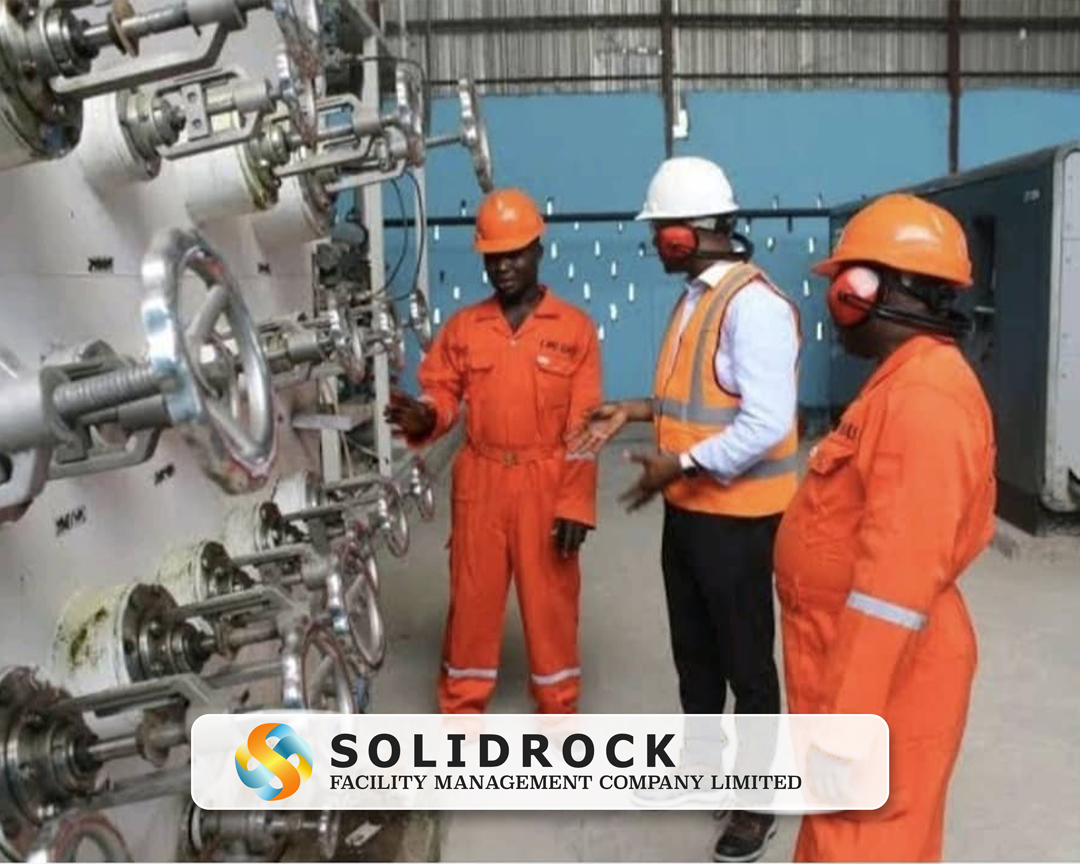Facility and risk management tips presented by www.solidrockfacilitymanagers.com
Ensuring A Healthy Facility & Beyond
This is a great time to conduct an internal audit of your facility's health and safety protocols, formalize best practices, and begin preparation for the rest of the year.
Employers must educate themselves on all of the potential threats — such as the influenza virus, COVID-19 and other transmissible illnesses — that can affect the health of their employees as well as their businesses.
Although facility managers and building owners face difficult choices when it comes to allocating money and limited resources, the last three years have highlighted the need for facilities to remain vigilant in the face of highly contagious pathogens. There is no better time than the summer for facilities to conduct an internal audit of their health and safety protocols, formalize best practices, and begin preparation for the second half of the year.
Here are three key takeaways to minimize illness and prevent workplace contamination:
1. Determine High-Risk Or High-Traffic Areas
Now is the time to be proactive and conduct a thorough cleaning to minimize the risk of contracting or spreading dangerous pathogens in the workplace.
Although families may be at less risk of spreading transmissible pathogens, preventative cleaning efforts should actually be increased, rather than decreased. Now is the time to be proactive and conduct a thorough cleaning to minimize the risk of contracting or spreading dangerous pathogens in the workplace.
Facility managers should also run thorough inspections of their facilities to identify areas of high traffic and notate all areas of potential irritants like mold, dust, airborne contaminants and pathogens. Complete an in-depth audit detailing tools and equipment available to clean high-touch areas such as door handles, railings, bathrooms, elevator buttons, common areas and more.
In addition to hiring cleaning companies, facilities can also utilize no-touch decontamination (NTD) technologies, minimizing human interaction and cross-contamination. It is important to remember that an NTD system is not meant to replace proper hygiene or cleaning practices, rather it is another layer of added protection.
While it is important to identify high-touch areas, illnesses are not just transmitted through cross-contamination via hard surfaces and floors. Employers must also monitor airborne pathogens. Employees are often exposed through sneezing, coughing, and the constant influx of visitors. Pathogens can also be distributed through heating, ventilation, and air-conditioning (HVAC) systems. It’s essential to implement proper air filtration systems, such as HEPA filters for clean airflow.
2. Standardize Best Practices
Since 2020, companies have had to completely restructure old protocols and implement new emergency standards to ensure proper workplace safety. As the immediate need for PPE against transmission has lowered, managers have had to once again revisit these protocols to determine the best standard operating procedures for their needs.
It is important to maintain awareness of the leading best practices available to combat transmissible illnesses and airborne pathogens. Reliance upon outdated studies or failure to continually evaluate new evolving technologies can lead to devastating consequences. It is critical to have effective procedures in place before the need arises.
3. Provide Updated Safety Training
The COVID-19 pandemic disrupted many companies’ routine safety training schedules. After determining best practices for health and safety, management should set time aside to review any updated guidelines and expectations with their employees.
Make sure all signage includes detailed descriptions of hazard classifications and safety data. Ensure that all chemicals and incoming material are notated with proper labels, and train each worker on the new labels and information to facilitate recognition and understanding. Find ways to incentivize adherence to the updated protocols. Recognize outstanding employees who take the time to ensure a safe and healthy space for their colleagues.
A Healthy Workforce Is A Happy Workforce
By prioritizing the health and well-being of its employees, companies will develop an excellent reputation that will ultimately result in higher retention rates, a reduction in sick leave, and a competitive edge in the marketplace.
The COVID-19 pandemic has highlighted an important correlation between a company’s efforts to provide a safe working environment and its ability to recruit and retain quality talent.
By prioritizing the health and well-being of its employees, companies will develop an excellent reputation that will ultimately result in higher retention rates, a reduction in sick leave, and a competitive edge in the marketplace.
Because there are so many variables involved in maintaining the safety and security of a facility, it may be difficult to quantify the actual reduction in department illnesses in the short-term. However, employees will appreciate the steps their employer has taken to protect them, as well as their families, from dangerous pathogens in the workplace.
At Solid Rock, we are behind your business success



